Brain Tumour Severe headache, blurred vision and loss of sensation may be a sign of brain tumour
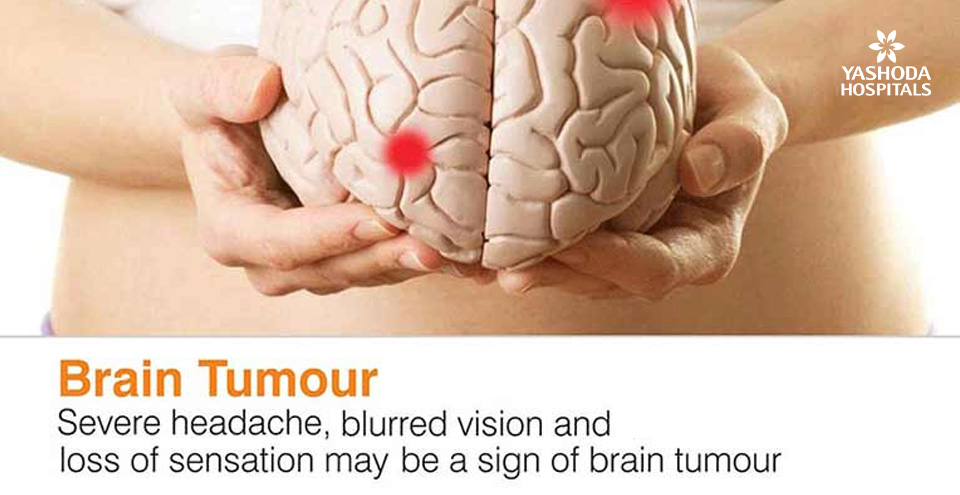
Brain tumour occurs due to the growth of abnormal cells in the brain. Brain tumours may be benign (noncancerous), and malignant (cancerous). Brain tumours can originate in the brain. Primary brain tumours originate in the brain, while secondary brain tumours originate in other parts of the body, and spread to the brain.
Symptoms
The signs and symptoms of brain cancer greatly depend on its size, location and the rate of growth. Symptoms of brain cancer include, mild to severe headache, nausea and vomiting, vision problems and blurred vision, loss of sensation, speech difficulty and behavioural change, seizures and hearing problems.
Causes
Due to mutations in the DNA there is a condition of accumulation of abnormal cells, or brain tumours. Brain tumours that originate in the brain or in the tissues like brain membranes, cranial nerves, or pituitary gland are called primary brain tumours. Primary brain tumours are of different types. Tumours that begin in the brain or spinal cord are called Gliomas. Tumours that arise in the membranes surrounding the brain and spinal cord are referred to as Meningiomas.
Acoustic neuromas are benign tumours. Medulloblastomas, seen in children, is the most common cancerous tumour of the brain. It starts in the lower back part of the brain, and spreads through the spinal fluid. PNETs or primitive neuroectodermal tumours are very rare, and occurs in embryonic (fetal) cells in the brain.
Germ cell tumours occur in childhood; start from testicles or ovaries and spread to other parts of the body. Craniopharyngiomas occurs near the pituitary gland. It affects the pituitary gland and other structures near the brain. Secondary brain tumours may develop due to spreading of cancer cells from other parts of the body to the brain. The possible locations of cancer include, breast, colon, kidney, and lungs.
Risk factors and complications
Old age, exposure to radiation and family history of brain tumours are some of the possible causes that can be considered to increase the risk of brain tumours.
Tests and diagnosis
People with symptoms of severe headache, blurred vision, and other health conditions are advised by the doctor to undergo a series of diagnostic tests. Neurological exam helps the doctor to know the patient’s state of physical activity that includes vision, hearing, balance, coordination, strength and reflexes. Specific body activity is related to the functioning of the particular part of the brain. Any deviation or change is observed, and recommended for further tests. MRI, CT scan and PET help the doctor to evaluate the tumour, and help to arrive at the treatment plan. Abnormal tissues of the brain are collected by inserting a needle through a hole in the skull. The biopsy sample is sent to the lab to determine the nature of the brain cells, cancerous or benign.
Treatment
Treatment for brain tumours depends on a number of factors, health, age, and medical history of the patient. Surgery is recommended only when the brain tumours are small and separate from the surrounding areas. However, surgery also carries huge risk, when brain tumours are located near sensitive areas. Surgery on a tumour near nerves that connect to the speech organs and eyes may result in loss of speech and vision.
Brain tumours are also treated with radiation. The radiation therapy includes use of high-energy beams such as X-rays or protons to kill the tumour cells. RapidArc Radiotherapy technology, advancement over conventional radiotherapy. RapidArc radiotherapy provides for faster treatment with less chance of patient or tumour movement during treatment delivery and, with less time on the treatment couch, also allow for greater patient comfort.
Chemotherapy provides for administering drugs for the treatment of brain tumours. Drugs that can stop tumour cells from multiplying are given to the patients, as part of targeted drug therapy. Rehabilitation of patients that undergo different cancer treatments can be considered as a extension to the treatment process. The patients are advised to undergo physical therapy, occupational therapy, and speech therapy.



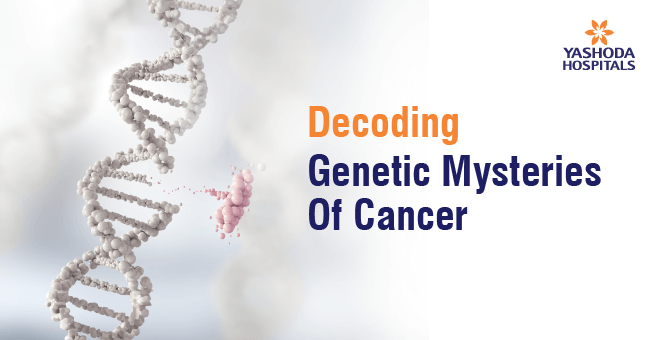



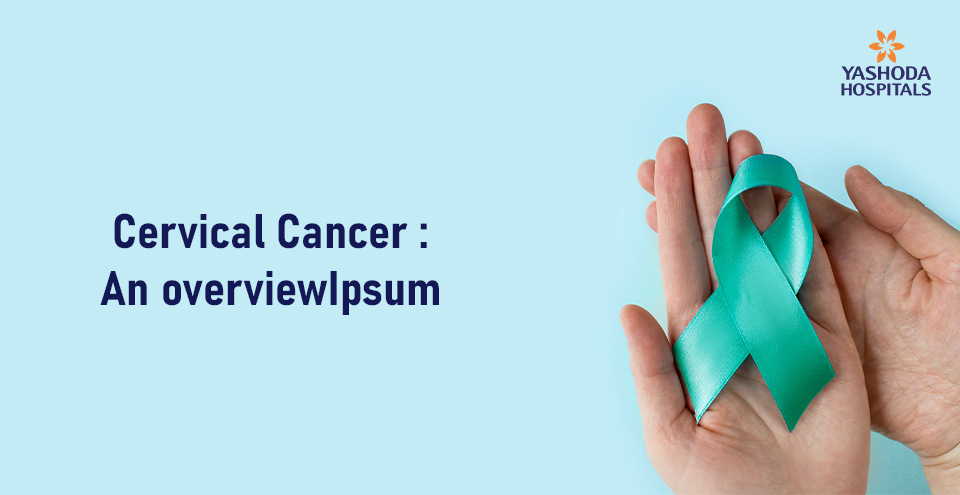
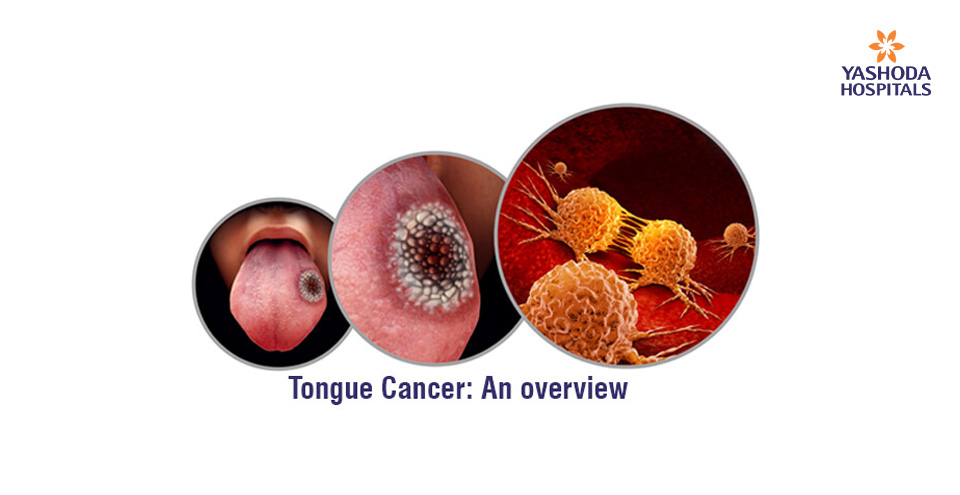

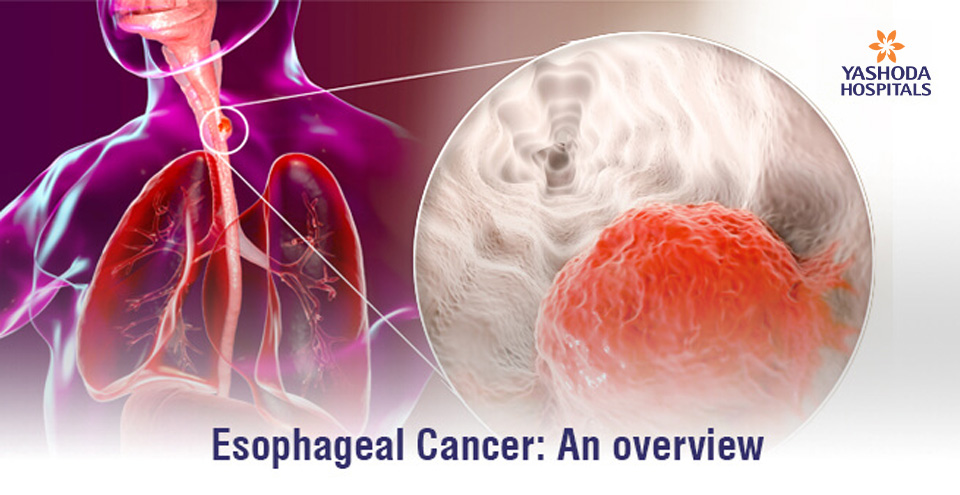



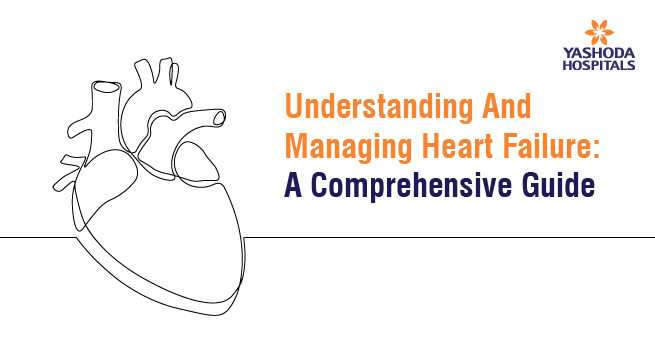




 Appointment
Appointment Second Opinion
Second Opinion WhatsApp
WhatsApp Call
Call More
More





